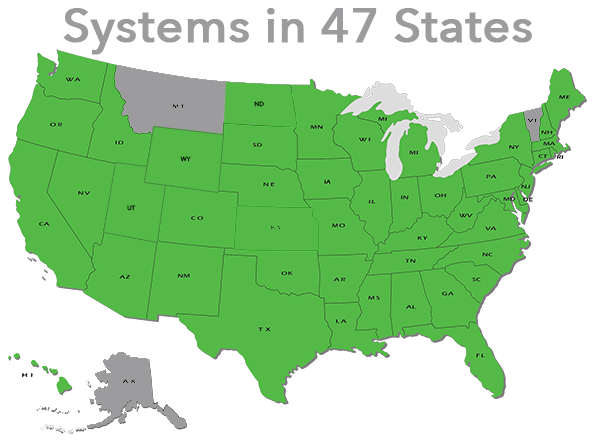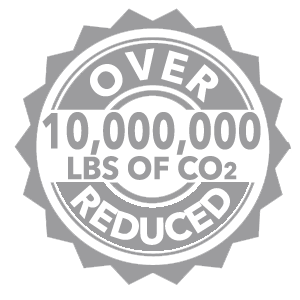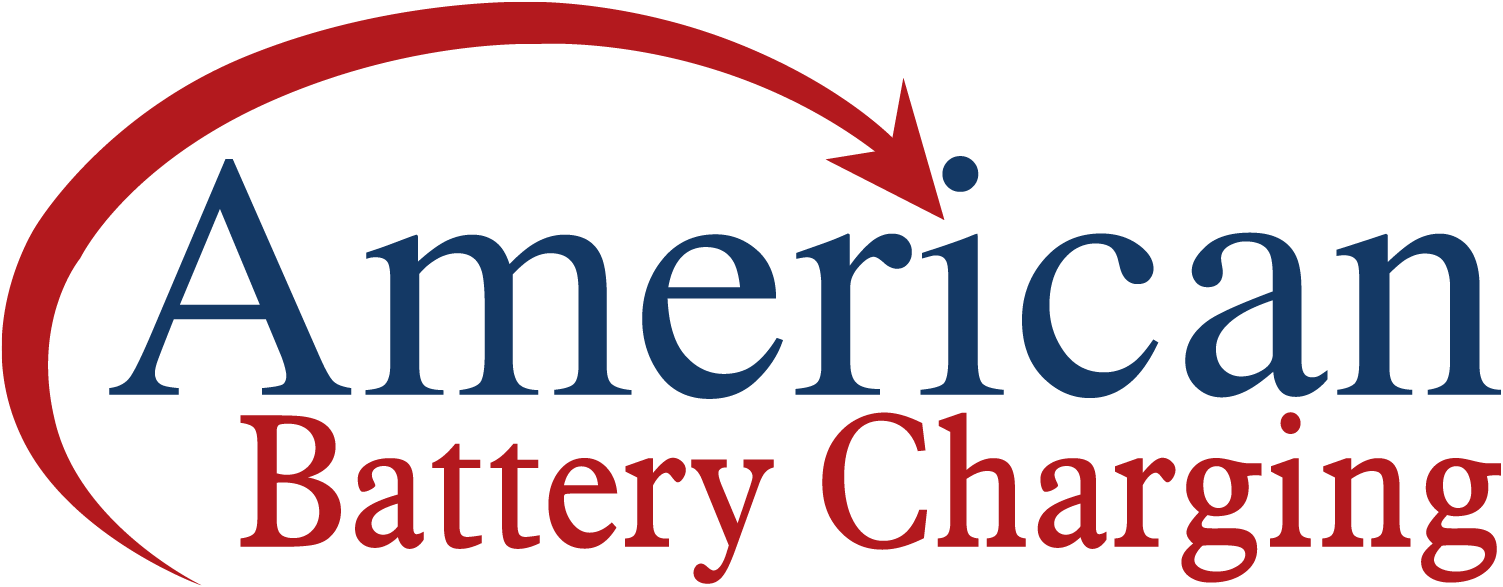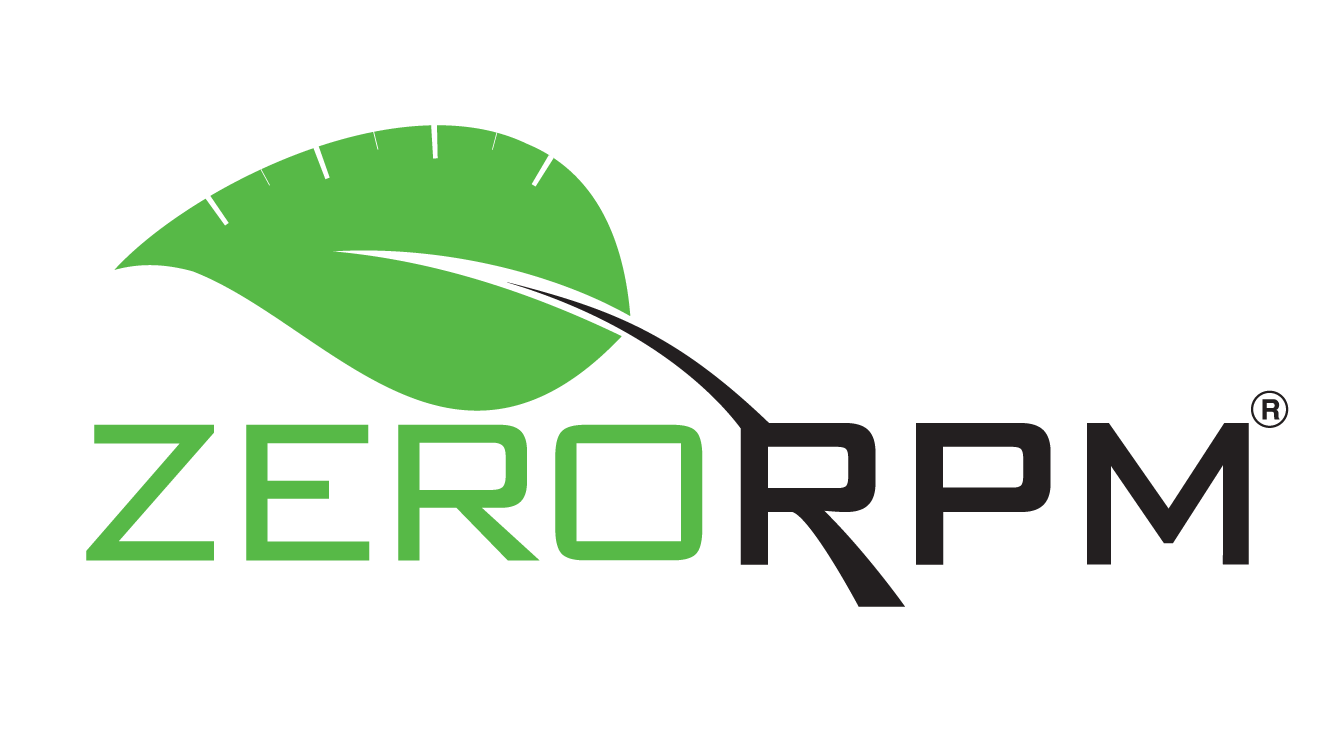Going Off the Grid with Solar
This month we’ve been highlighting solar energy at home. Many people still do not realize that an off-grid solar electric system isn’t as difficult as it seems. I am here to tell you how to make it possible.
Oftentimes an off-grid solar system makes sense in rural areas where it is difficult and expensive to extend existing power lines to connect with the grid (which can cost between $15,000 and $50,000 per mile), but an off-grid system can also make sense elsewhere.
Step One
The first step to installing an off-grid solar electric system in your home is to research the equipment you will need based on what you want the system to accomplish. For all systems to transmit electricity safely, you will need “balance-of-system” equipment to condition the electricity, as well as transmit and/or store electricty for future use. Do you want your system to store power for use when it isn’t producing? If so, you will need a battery storage system and charge controller.
Step Two
Once you’ve decided an off-grid system makes sense, you will need to analyze your electricity load to understand how your energy needs fluctuate daily and annually. Before you determine your system capacity, consider energy efficiency measures that can be implemented. The analyzing stage is the perfect time to have a professional conduct a home energy assessment. (I recommend you do this regardless of if you are considering a renewable energy system.) Having a more efficient home will reduce your electricity use and allow you to potentially purchase and install a smaller (less expensive) system. If you are building a new home, work with the builder to incorporate renewable energy into the home’s design.
To determine your total electricity consumption:
Multiply the wattage of each appliance by the number of hours it is used each day (be sure to take seasonal variations into account). Generally, power use data can be found on a sticker, metal plate, or cord attached to the appliance. Record the time(s) of day the load runs.Step Three
Think you have all of your ducks in a row now? Not quite. Every jurisdiction is different and has specific rules, regulations, and building codes governing the type of renewable energy systems that can be installed and who can install them. Be sure and check with your state energy office, local officials, and/or a local renewable energy organization to see what requirements apply to your community.
Ok, now you’re ready to get the process started! Make sure to let us know how it goes. For more on solar energy at home, check back into Energy Saver and the Energy Saver Facebook during the month of October. We've already covered several topics like solar energy basics, installing solar energy at home, passive solar design, and financial incentives for solar energy, just to name a few!
If there are any topics you'd like to hear about, click on the "tell us" box on the top of the page or use #EnergySaverSolar on social media, and we will try to incorporate your questions in future blogs!
























